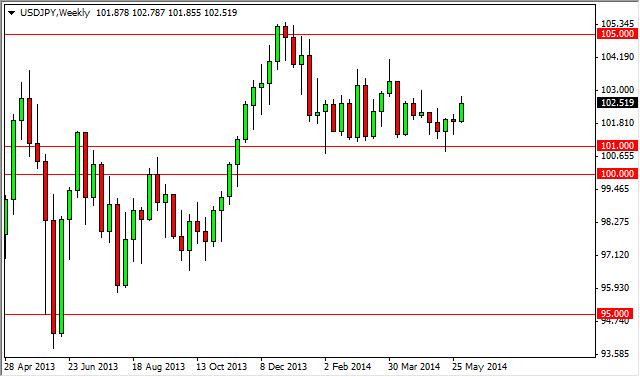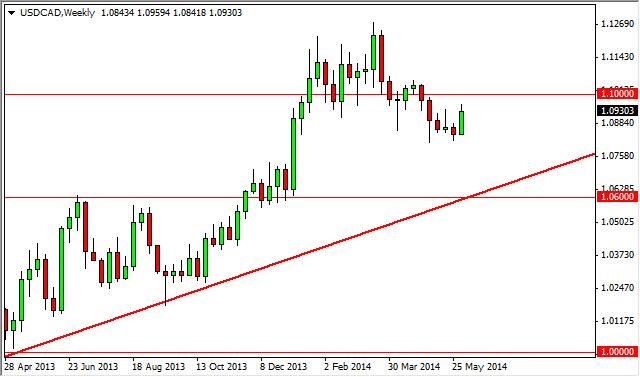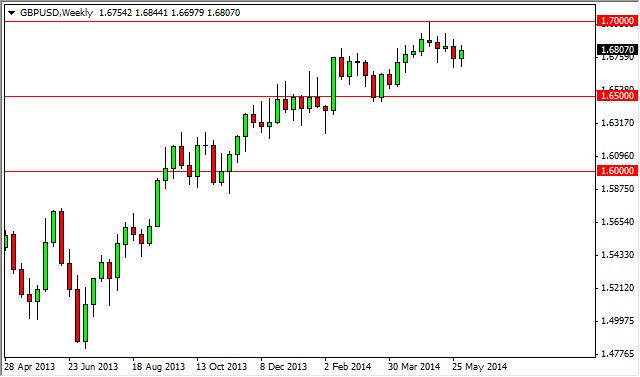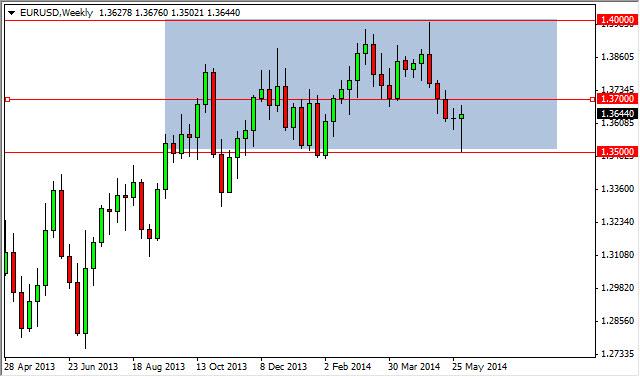USD/JPY forecast for the week of June 9, 2014, Technical Analysis
The USD/JPY pair broke higher during the previous week, cracking the top of the hammer that had formed the week before. However, the market is still within consolidation, thereby making this a difficult pair to trade for the longer term focused investor. Pullbacks should continue to offer buying opportunities, and we see far too much in the way of resistance at both the 103 and the 104 levels, and as a result we feel that the market is probably one that is best suited for short-term traders, at least for now.


 LinkBack URL
LinkBack URL About LinkBacks
About LinkBacks







 Reply With Quote
Reply With Quote





Bookmarks